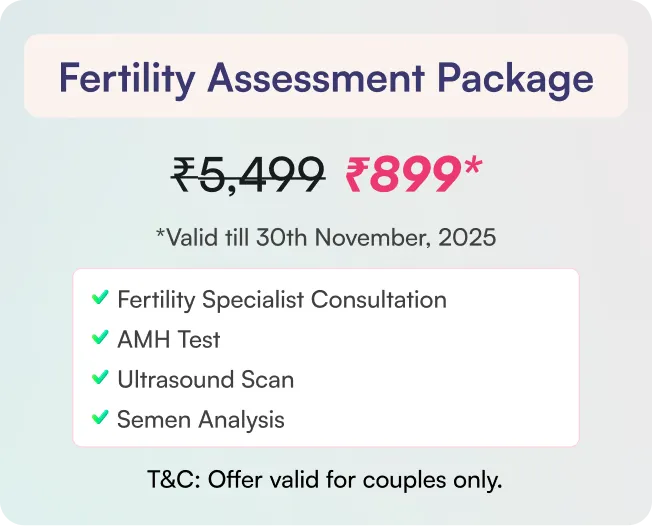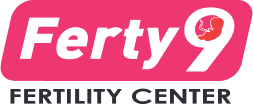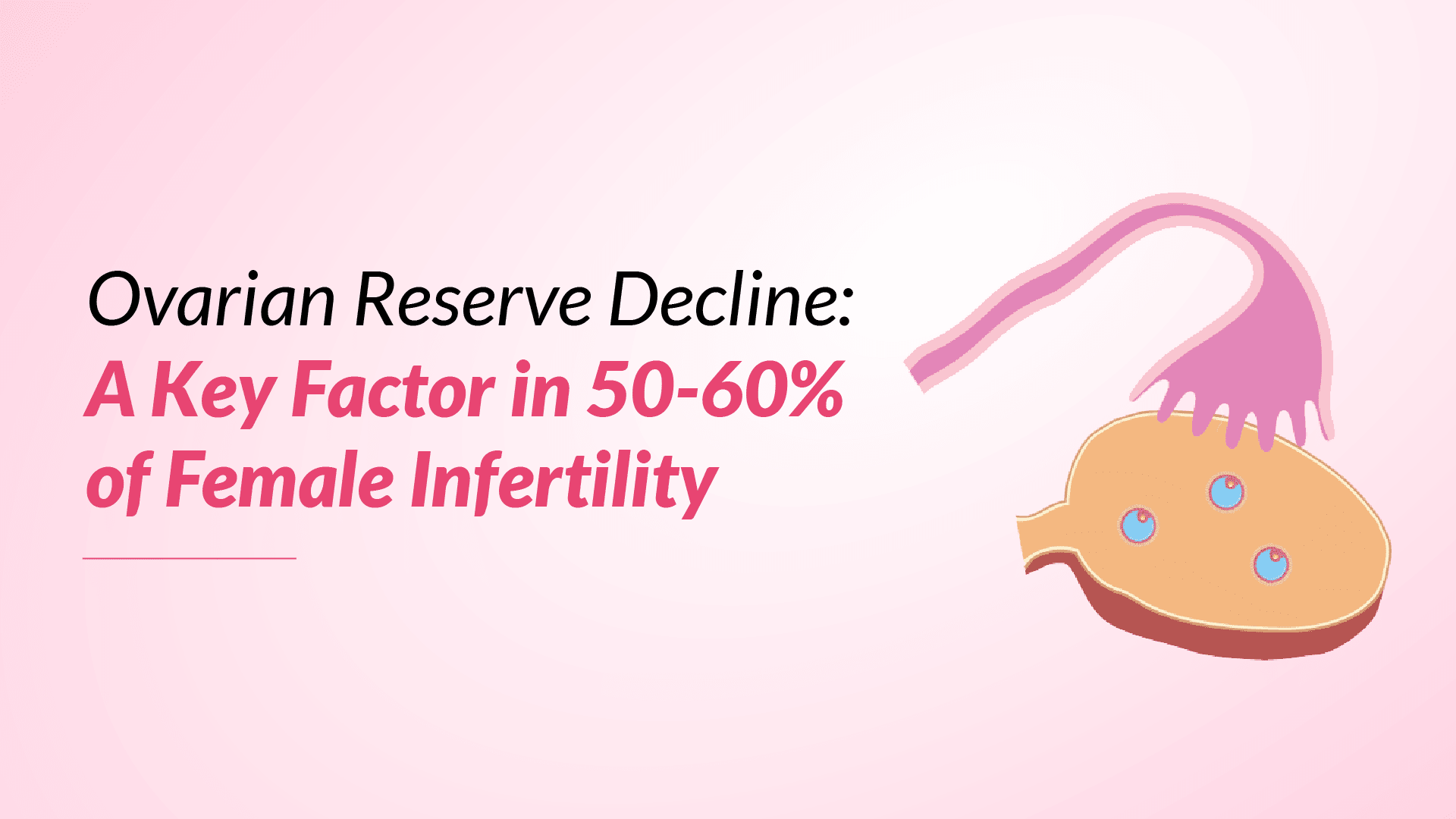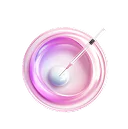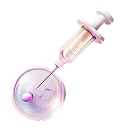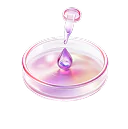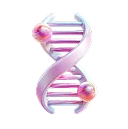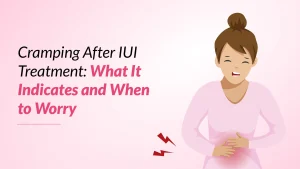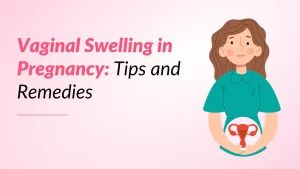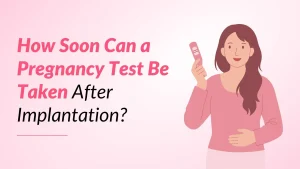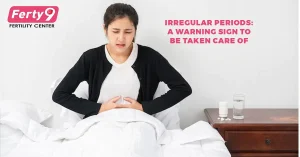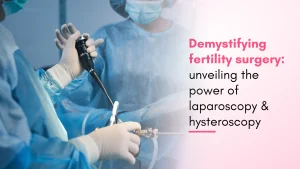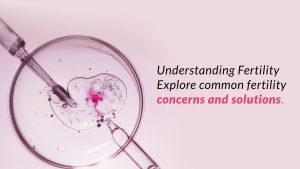Diminished ovarian reserve (DOR) is a key cause of female infertility. It refers to a condition in which a woman’s egg quantity and quality are lower than normal for her age, making conception more difficult. Common causes include aging, genetics, medical treatments like chemotherapy, and poor lifestyle choices. Understanding these factors is critical for resolving infertility and directing women to suitable treatment choices.
What is a Poor Ovarian Reserve?
Diminished ovarian reserve or poor ovarian reserve occurs when you have fewer eggs in your ovaries than others of your age. It is sometimes referred to as low egg count or low ovarian reserve. Your eggs and sperm are the building blocks of pregnancy. Your egg count will decline as you age, although this may occur sooner than expected for certain people. A poor ovarian reserve makes it more difficult to conceive.
Understanding Ovarian Reserve by Age
Understanding ovarian reserve is critical for determining female infertility since it is strongly correlated with age. Women are born with a finite amount of eggs, between 1 and 2 million, which decreases over time owing to natural atrophy and ovulation. By adolescence, this number drops to 300,000 and 500,000, and by the late 30s, it can be as low as 50,000. The quality of remaining eggs deteriorates with age, especially beyond 35, increasing the chance of infertility and miscarriage. As a result, age is an important consideration in assessing infertility among women and preparing for conception.
Ovarian Reserve Testing: How It Works?
Ovarian reserve testing is a diagnostic technique that assesses a woman’s reproductive potential by determining the amount and quality of her remaining eggs. An ideal ORT should be simple to perform and reliable, and the decisions made based on the results should help distinguish between women with a normal and poor ovarian response.
Ovarian reserve test to measure Anti-Müllerian Hormone (AMH), Follicle-Stimulating Hormone (FSH), and Estradiol is usually done, as well as the vaginal ultrasound to assess the antral follicle count (AFC) is also carried out. AMH readings indicate the number of developing follicles, whereas FSH and estradiol assess ovarian function.
While ovarian reserve testing is relevant, it largely reveals egg number rather than quality, which is another important determinant in reproductive outcomes and infertility in women.
Symptoms of Poor or Diminished Ovarian Reserve
Diminished ovarian reserve (DOR) sometimes appears with minimal or no symptoms, making diagnosis challenging without testing. However, as the condition advances, some women may experience the following signs:
- Difficulty conceiving and irregular menstrual periods
- Heavy menstrual flow
- Premenstrual symptoms are either reduced or absent
- Repeated miscarriages
Causes of Poor Ovarian Reserve
A wide range of causes can lead to poor ovarian reserve (POR). The most major factor is aging, since a woman’s egg quantity and quality inevitably decrease with age, especially beyond the age of 35. Endometrioma and genetic factors such as chromosomal disorders can potentially affect ovarian function. Furthermore, medical treatments such as chemotherapy and radiation therapy might harm ovarian tissue, resulting in lower egg production.
Endocrine illnesses such as hypothyroidism, diabetes mellitus, obesity, gynecological disorders, and infectious diseases have all been linked to inadequate ovarian reserve. Lifestyle choices like smoking and exposure to environmental pollutants add to the reduction in ovarian reserve, so women must be aware of these risks as they plan for conception.
How Poor Ovarian Reserve Affects Female Fertility?
Poor ovarian reserve has a substantial influence on female infertility by limiting the number and quality of eggs available for conception. Women with low ovarian reserve frequently have lower success rates with spontaneous conception and assisted reproductive technologies such as in vitro fertilization (IVF), resulting in longer pregnancy times and higher miscarriage risks. Furthermore, the quality of surviving eggs declines with age, increasing the chance of genetic disorders and miscarriage.
Testing for Ovarian Reserve: What to Expect?
Ovarian reserve testing assesses a woman’s remaining egg availability and reproductive potential. Anti-Müllerian hormone (AMH) blood tests, follicle-stimulating hormone (FSH) levels, and an antral follicle count (AFC) ultrasonography are all essential. These findings aid in predicting responsiveness to reproductive treatments, guiding family planning, and providing solutions for female infertility issues. The procedure is simple and yields useful insights into reproductive health. The following components are analyzed in the ovarian reserve testing.
- Anti-Mullerian Hormone (AMH): High levels imply better egg availability, but low levels may indicate a decreased ovarian reserve, which can be altered by age. As AMH levels are relatively stable throughout the menstrual cycle, this test can be performed at any time (without fasting) and involves a simple blood draw.
- Follicle-Stimulating Hormone (FSH): This hormone, tested on day 3 of the menstrual cycle, provides information about how hard the body needs to work to activate the ovaries. Higher levels may indicate a decrease in ovarian reserve and .decreased quality of the oocytes as the body works harder to produce eggs.
- Antral Follicle Count (AFC): An ultrasound is used to identify and count tiny follicles in the ovaries at the start of a menstrual cycle.
- Estradiol levels: It is also evaluated on day three and helps explain FSH levels. High estradiol levels can disguise high FSH levels, indicating a decrease in ovarian reserve.
Treatments for Poor and Diminished Ovarian Reserve
To maximize the success rate, it is crucial to assess ovarian reserve and customize treatment plans. Despite the difficulties caused by decreased egg quantity and quality, treatments for low and diminished ovarian reserve (DOR) seek to increase reproductive potential.
Supplementing with dehydroepiandrosterone (DHEA) is frequently advised to enhance ovarian function and raise the likelihood of a successful pregnancy, especially for women undergoing in vitro fertilization (IVF). To preserve healthy eggs for later use, women with drastically reduced ovarian reserves may choose to consider egg freezing. This is known as social freezing, which can be done starting at 22 years of age, though the ideal time is before age 29-30.
Additionally, laparoscopic or transvaginal intra-ovarian PRP (platelet-rich plasma) or stem cell transplantation may be considered, although these techniques are still in experimental stages.
Also, donor eggs can be used in IVF, which has demonstrated high success rates in establishing pregnancy in situations where their own eggs are not viable, and it is considered the last resort.
Lifestyle Changes to Improve Ovarian Health
Even though low ovarian reserve cannot be fixed, there are several tactics that can help increase the likelihood of becoming pregnant.
- A balanced diet high in antioxidants, such as vegetables, fruits, nuts, and whole grains, is the key to better ovarian health.
- Being underweight or overweight might cause hormonal imbalance; hence, it’s important to maintain a healthy weight.
- Frequent exercise encourages blood flow to the reproductive organs, but avoid intense, prolonged exercises.
- Chronic stress can affect fertility, so practice stress-reduction strategies like yoga or meditation.
- Reducing alcohol use, stopping smoking, and cutting back on caffeine also promote ovarian health.
The Prognosis for Women with Poor Ovarian Reserve
The prognosis for women with diminished ovarian reserve (DOR) can still be hopeful, as many women successfully conceive with the right support and treatment options. Advances in assisted reproductive technologies, such as in vitro fertilization (IVF), have improved success rates even for those with diminished ovarian reserve. Additionally, using donor eggs can offer excellent chances of pregnancy, providing a viable path for women looking to build their families. With proactive management, lifestyle adjustments, and personalized fertility plans, many women with DOR can achieve their dreams of motherhood.
Conclusion
To summarize, while inadequate ovarian reserve accounts for 50–60% of female infertility cases, there are different approaches to achieving conception despite the issue. Advances in reproductive technology, like in vitro fertilization (IVF) and the use of donor eggs, have dramatically increased success rates for women with low ovarian reserve. Early detection and intervention are critical, allowing women to explore a variety of treatment choices suited to their specific circumstances. Furthermore, lifestyle changes and supplements can improve general reproductive health and female infertility.

